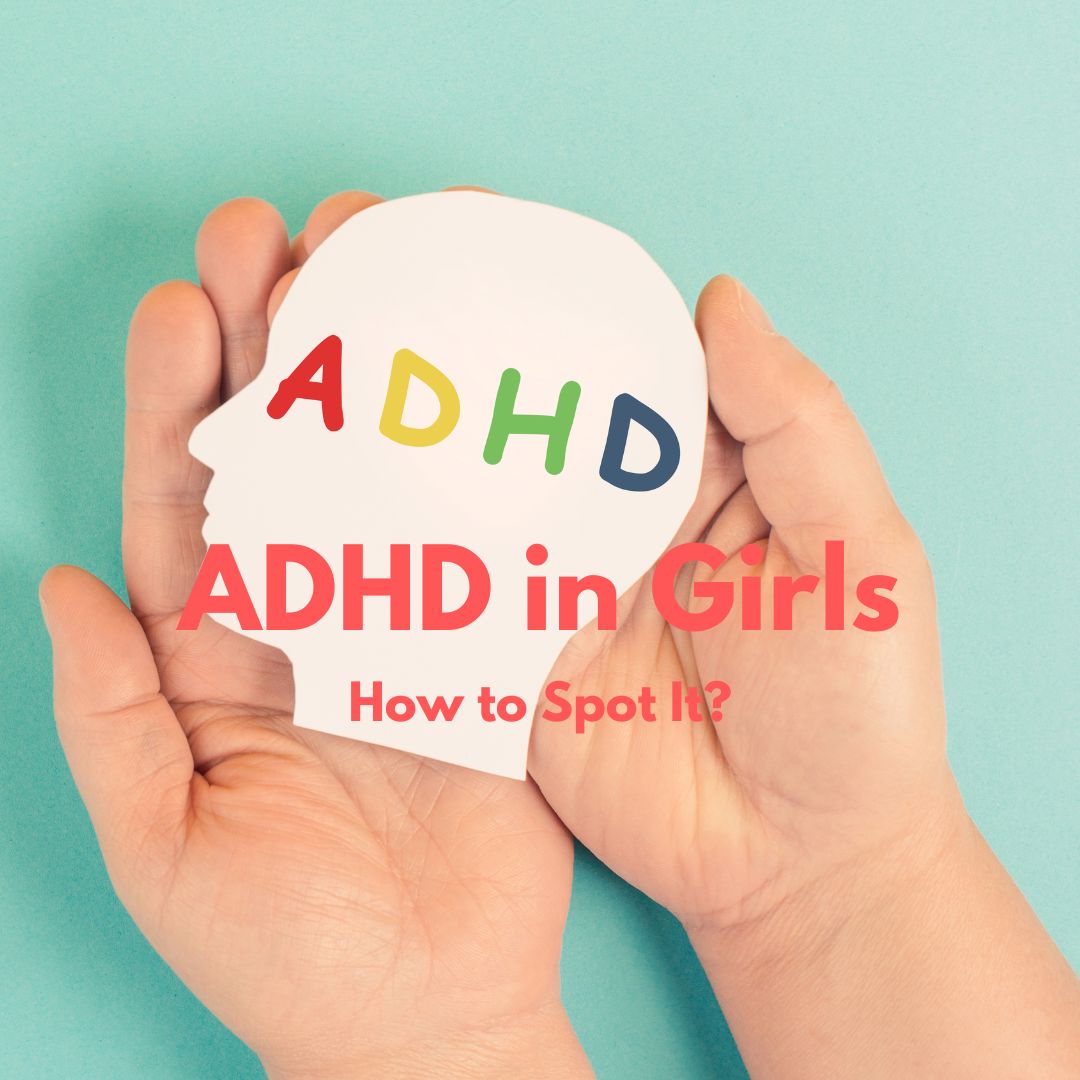When you hear “ADHD,” you might picture a young boy bouncing off the walls or someone blurting out answers in class. That’s often how ADHD is portrayed — loud, disruptive, easy to notice.
But what if ADHD doesn’t look like that? What if it’s quiet, internal, and hiding behind good grades, politeness, or perfectionism?
That’s often the reality for girls with ADHD — and it’s why so many go undiagnosed or misdiagnosed until they’re teenagers or even adults.
As awareness grows, so does our understanding of how ADHD shows up differently in girls. Let’s explore some of the more subtle signs, and why they’re so often missed.
🌥 1. Daydreaming, Not Disrupting
Girls with ADHD often get labeled as “spacey” or “off in their own world.” Instead of being hyperactive, they might quietly daydream in class, zone out during conversations, or struggle to follow multi-step instructions — not because they’re not listening, but because their minds are somewhere else entirely.
🧠 2. The Pressure to Be Perfect
Many girls with ADHD become perfectionists — not because they love neatness, but because they’re trying to hide how scattered or overwhelmed they feel inside. These girls might overcompensate by working harder, staying up late to finish assignments, or obsessing over details others wouldn’t even notice.
They’re not being dramatic. They’re just exhausted.
😢 3. Emotional Rollercoasters
Ever met a girl who feels everything intensely? Small disappointments feel huge. Rejection feels personal. One second she’s fine, the next she’s in tears. That emotional intensity can be a sign of ADHD — especially when it’s paired with trouble regulating reactions.
Unfortunately, it’s often dismissed as being “too sensitive” or “overemotional.”
🔄 4. Restlessness — On the Inside
Girls may not be physically hyperactive — but mentally? It’s a different story. Their thoughts race. They feel restless, like they can’t ever fully relax. Even when they look calm, they might be overwhelmed by a noisy, nonstop inner monologue.
This kind of internal hyperactivity is easy to miss — especially when a child seems well-behaved on the outside.
📚 5. Disorganization and Forgetfulness
Constantly losing things, forgetting homework, missing deadlines — these aren’t always signs of laziness. For girls with ADHD, these are signs of executive function challenges, meaning their brains struggle with organizing tasks, managing time, and remembering details.
Often, they beat themselves up for these slip-ups — especially when others don’t see what they’re struggling with.
🤝 6. Friendship Friction
Social struggles are another lesser-known sign. Girls with ADHD may interrupt too much, misread social cues, or get overwhelmed in group settings. They might feel like they don’t “fit in” or like they’re always just a step off in conversations.
This can lead to loneliness, rejection, and self-doubt — even in girls who really want to connect.
😟 7. Anxiety, Depression, and Feeling “Not Good Enough”
Here’s one of the most important things to know: many girls with ADHD are first diagnosed with anxiety or depression. And while those diagnoses are valid, they can sometimes mask the real, underlying issue.
Living with undiagnosed ADHD can feel like running a marathon every day — and always falling behind. It’s no wonder that so many girls internalize it as a personal failure.
💡 Why This Matters
Because ADHD in girls is so easily missed, many grow up feeling confused, overwhelmed, or like something is “wrong” with them — even when they’re smart, capable, and trying incredibly hard.
The earlier ADHD is identified and supported, the better. Whether that support comes through therapy, coaching, accommodations, or (in some cases) medication, it can be life-changing.
If you recognize these signs in yourself, your daughter, a student, or a friend — trust your instincts. Getting curious is the first step.
📚 References
-
Quinn, Patricia O., & Madhoo, Manisha. (2014). A Review of Attention-Deficit/Hyperactivity Disorder in Women and Girls: Uncovering This Hidden Diagnosis. The Primary Care Companion for CNS Disorders, 16(3).
https://doi.org/10.4088/PCC.13r01596 -
Rucklidge, Julia J. (2010). Gender Differences in Attention-Deficit/Hyperactivity Disorder. Psychiatric Clinics of North America, 33(2), 357–373.
https://doi.org/10.1016/j.psc.2010.01.006 -
Hinshaw, Stephen P., & Ellison, Katherine S. (2016). ADHD: What Everyone Needs to Know. Oxford University Press.
-
National Institute of Mental Health (NIMH). (2022). ADHD in Children and Teens.
https://www.nimh.nih.gov/health/topics/attention-deficit-hyperactivity-disorder-adhd -
CHADD (Children and Adults with Attention-Deficit/Hyperactivity Disorder). (2023). Girls and Women with ADHD.
https://chadd.org/for-parents/girls-and-women-with-adhd/ -
American Psychological Association (APA). (2018). Spotlight on Girls with ADHD.
https://www.apa.org/monitor/2018/07-08/adhd-girls
🌼 Final Words
Girls with ADHD are not broken. They’re bright, creative, capable — and often just need to be seen and understood on their own terms. By learning the signs and listening without judgment, we can help them (and adult women too!) thrive in ways they might never have imagined.
Written by: CL Hub Team.

